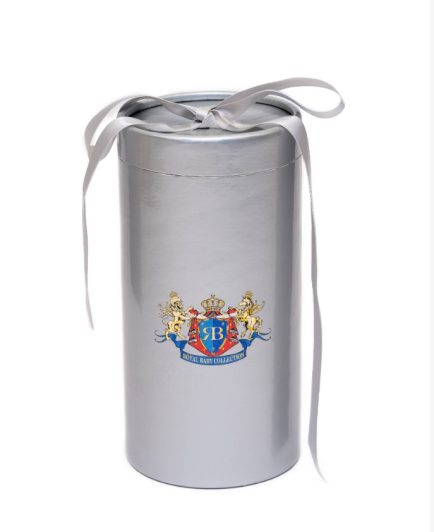Your first moment with your little one are very special and of course exhausting at the same time. This are the moments where you start to know each other smell, faces and sounds. While this cherished time goes on, you should know that a lot more is happening with your special one. So, do you ever wondered what happens in the first our when your baby is born. So do we and here is a good article from ScienceNews that explains it all.
Here are some key milestones in the first hour and 10 minutes of a newborn’s life, presented in median minutes:
Minute 0: Babies wail a robust, angry birth cry that helps wake up the lungs.
Minute 2: After all that wailing, babies spend less than a minute relaxing, holding perfectly still on their mothers’ chests. The authors speculate that this silent, still break might have evolved to keep babies hidden from predators.
Minute 2.5: As they start to wake up, newborns open their eyes for the first time. Babies gradually start moving their heads and mouths.
Minute 8: Babies become even more active, keeping their eyes open for five minutes or longer at a time. During this active phase, newborns seem to grow interested in eating, looking at their mothers’ faces and breasts, making sweet little “hungry” noises and moving their hands toward their mouths.
Minute 18: That was exhausting. Time for another rest.
Minute 36: Recharged newborns really kick it into high gear and begin scooting toward their mothers’ breasts, relying heavily on a sense of smell to navigate.
Minute 62: Babies nurse, most likely getting small amounts of colostrum, a pre-milk substance packed with protein and immune molecules. This early suckling stimulates the breasts to make milk and also helps mom’s uterus contract back to its pre-pregnancy size.
Minute 70: Babies fall asleep for a well-deserved break.
And there you have it: The first action-packed hour and 10 minutes of a newborn’s life, laid bare by science. Of course, these minute markers are median numbers taken from a small number of newborns, and even these babies’ time tables varied quite a bit. Any given baby’s behavior might fall well outside of these time points.
But it’s worth having a quantitative look at newborn behavior, particularly with the recent emphasis that hospitals are putting on “baby friendly” practices, designed to aid breastfeeding.
This snapshot of a baby’s first minutes, without interference from anyone, might help healthcare providers figure out better ways to encourage breastfeeding.
Another observational study found that in the first hour of birth, babies whose chins touched the underside of their mothers’ breasts were more likely to successfully suckle than babies who didn’t do a chin-brush. These sorts of studies, which rely on carefully watching a newborn, are beginning to paint a more complete picture of what newborns might need in the moments after birth. And that understanding might ultimately be useful to the adults who want to ease the introduction of this new little person to the world.
Original article : https://www.sciencenews.org/blog/growth-curve/timeline-baby%E2%80%99s-first-hour
Photo credit: screen-box.de on VisualHunt.com / CC BY-ND































Comments